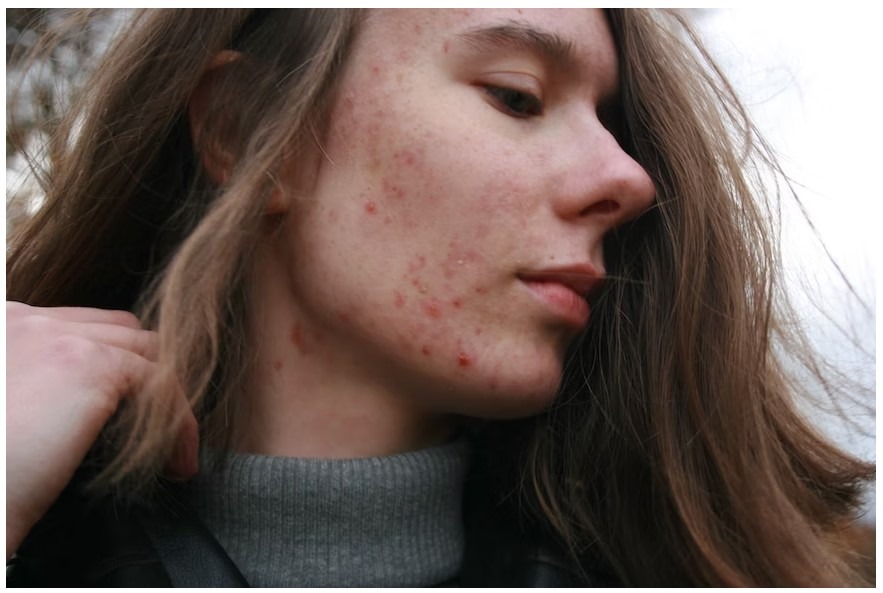Over half of all people in the UK have experienced a skin condition at some point in their lives. Skin cancer affects 100,000 new people annually. A fifth of all British children have eczema. Many skin conditions can be healed or improved significantly. We will look at a few of the most common skin disorders and their treatments.
Acne
Acne is one of the most common skin conditions. It usually affects teenagers although adults can also be sufferers. The pores become clogged, and this results in red spots, whiteheads, blackheads, and pimples. Although it usually clears up, many people are left with scarring, especially on their faces. It can also occur elsewhere, such as on the back, chest, shoulders, and neck. People with darker skin can be left with dark spots from acne. This is called as post-inflammatory hyperpigmentation (PIH).
Treatment for acne usually begins with topical medications containing benzoyl peroxide, salicylic acid, azelaic acid, retinoids, topical antibiotics, and antibacterial gel. Oral medications used are hormone therapy, contraceptives, antibiotics, and oral retinoids. If none of these work, the next course of treatment includes steroids, light therapy, lasers, and chemical peels. Many skin problems like acne can be treated at a beauty clinic in Holywood.
Eczema
Parts of the skin affected by eczema are oily and itch. Patches of eczema consist of white or yellow flaky scales. A red rash is common on light skin but appears grey, purple, or brown on dark skin. The areas where the rash is found tend to have hair loss. The clinical name for eczema is atopic dermatitis. Roughly a third of the population have eczema. It could be genetic. It can be triggered by many things, even a certain perfume. The first line of treatment for eczema is moisturisers and medicated creams for the itchiness. The disease tends to persist and recur after stopping for years.
Psoriasis
Psoriasis is characterised by silver scaly skin patches on light-skinned people, while the colour may be purple or brown on dark skin. Some people have a lot of itching while others have no symptoms apart from the patches. It is usually found on the lower back, knees, elbows, and scalp. Skin biopsies may be performed to diagnose the condition.
Lots of treatments are available. Topical medications include corticosteroids. These carry the risk of thinning the skin and may stop working after prolonged use. Synthetic vitamin D can slow down the rate at which the affected cells grow, but this treatment can be expensive. Retinoid cream or gel is applied directly onto the patches but can cause irritation and sun sensitivity. It is also not recommended during pregnancy and lactation.
Calcineurin inhibitors are soothing and can be used on sensitive skin. These immunosuppressants are often used for autoimmune conditions. They are not safe for use by pregnant and breastfeeding women and can cause cancer.
Salicylic acid is used on the scalp in the form of a shampoo. Coal tar is another topical treatment not recommended for pregnant or lactating women. It comes in prescription and over-the-counter versions and decrease inflammation, itching, and scaling.
Light therapy has several forms:
- Sunlight
- Goeckerman therapy, a combination of light therapy and tar.
- UVB broadband and UVB narrowband.
- This treatment combines psoralen, which sensitises the skin to light, and ultraviolet light.
- Excimer laser therapy.
Oral medications include retinoids, steroids, biologics, and methotrexate or Cyclosporine (immunosuppressants).
If you are suffering from any of these three skin disorders, there are plenty of treatment options out there for you.

